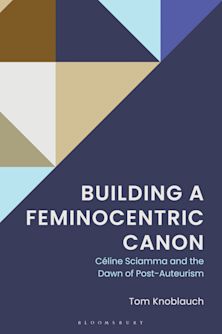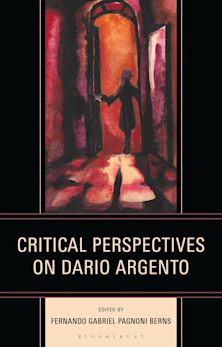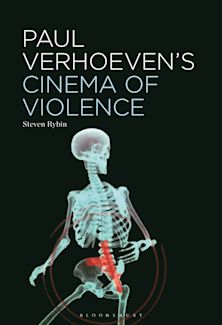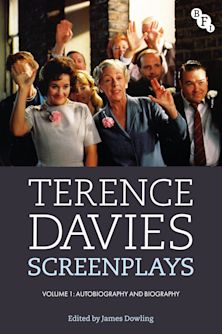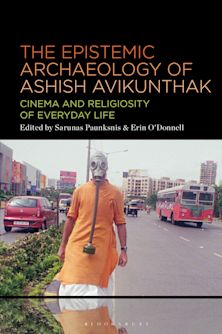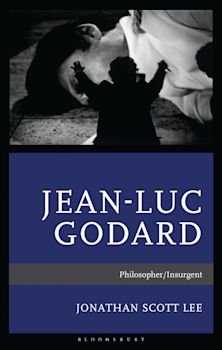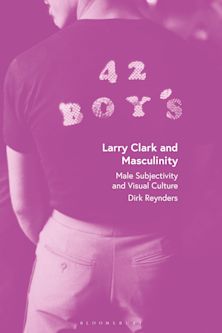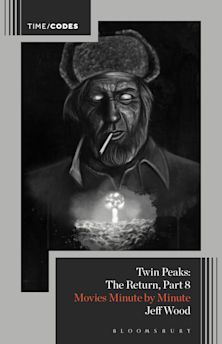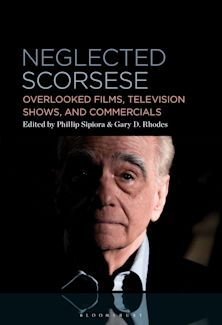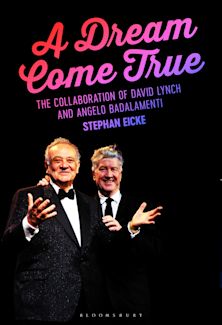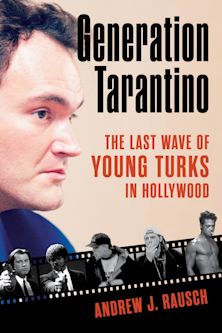- Home
- ACADEMIC
- Film & Media
- Film Directors
- Alfred Hitchcock’s Psycho and Taxidermy
Alfred Hitchcock’s Psycho and Taxidermy
Fashioning Corpses
Alfred Hitchcock’s Psycho and Taxidermy
Fashioning Corpses
You must sign in to add this item to your wishlist. Please sign in or create an account
Description
There are numerous scholarly works on Alfred Hitchcock's Psycho (1960). Some of these works have explored its Gothic potentials. However, no detailed effort has yet been made to explore one of its major motifs – taxidermy. Taxidermy as an art of corporeal preservation has effectively been used in mainstream body horror films years after Psycho was released. Yet Psycho was one of the first films to explore its potentials in the Gothic genre at a time when it was relegated to a low form of art. Alfred Hitchcock's Psycho and Taxidermy focuses on taxidermy as a cultural practice in both Victorian and modern times and how it has been employed both metaphorically and literally in Hitchcock's films, especially Psycho. It also situates Psycho as a crucial film in the filmic continuum of body horrors where death and docility share a troubled relationship.
Table of Contents
Acknowledgments
Introduction: “Live forever by dying today”: Taxidermy, Corporeal Gothic, and Alfred Hitchcock's Psycho
Chapter 1: Speciesism and Sexism: Norma Bates and Her Victorian Predecessors
Chapter 2: Norma's Home and Norman's Diorama: Taxidermy, Longing, and Nostalgia
Chapter 3: Illusory Souvenirs: Memory, Beauty, and Hitchcock's Women in Psycho, Vertigo, The Birds, and Marnie
Chapter 4: Hitchcock's Installation: Psycho's Shower Stabbing, Frenzy's Serial Strangling, and the Beginning of Slashers
Chapter 5: Fellow-stuffers: Post-Psycho Body Horrors
Bibliography
Index
Product details

| Published | 25 Jan 2024 |
|---|---|
| Format | Ebook (Epub & Mobi) |
| Edition | 1st |
| Extent | 168 |
| ISBN | 9798765101193 |
| Imprint | Bloomsbury Academic |
| Illustrations | 10 bw illus |
| Publisher | Bloomsbury Publishing |
About the contributors
Reviews
-
No one watching Psycho can fail to be creeped out by the stuffed and mummified beings Norman Bates surrounds himself with. But Subarna Mondal's extensively researched and endlessly provocative study Alfred Hitchcock's Psycho and Taxidermy: Fashioning Corpses deepens our understanding of the resonant rightness of Norman's avocation that, alas, perfectly represents a disturbing notion of what it is to be human. Mondal expertly surveys the cultural and psychological filiations of taxidermy in the Victorian world that Hitchcock came from, the modern world he inhabited, and the postmodern world he foresaw, and it now unforgettably demands our attention as a particularly revealing specific and synecdochic dark art investigated, portrayed, and practiced by one of our darkest cinematic artists.
Sidney Gottlieb, Professor of Communication and Media Studies at Sacred Heart University, USA, and Editor of the Hitchcock Annual
-
Subarna Mondal's analysis of Taxidermy in relation to Hitchcock's films is quite engaging and a departure from conventional Hitchcock studies. The culture of taxidermy or any other ritual which evokes 'mummy complex' is central to the realism of photographic images. What makes Subarna Mandal's thesis more meaningful is positioning her look around the basic Oedipal form of the narrative to accommodate a kind of litterariness available in fictional representations. By locating Psycho's cruelty and violence inside the broad domain of Gothic tradition of literature, she has tried to rescue and rehabilitate Norman Bates, apparently a psychotic Mama's boy, outside the territory of a morbid horror film. The author develops a deep structural link operating through generic differences of written words and audio-visual images. It is for this perspective that the montage representation becomes an 'otherness' and generates a typical category of 'literary montage'. What was destined to become a brilliant thriller, contests and alters its position and turns into a symbolic attestation of 'sickness' of contemporary civilization. Subarna Mondal's argument helps us to navigate through the philosophy of crime which began in Crime and Punishment so prophetically described by Dostoevsky. A commendable signature of scholarship, the thesis on taxidermy in Hitchcock films reconsiders the location of scopophilia in the modern paradox. Lucid enough for a good read, this book may is a significant addition to the world of film and culture studies.
Sanjoy Mukhopadhyay, Independent Scholar, Translator, and Columnist, India

ONLINE RESOURCES
Bloomsbury Collections
This book is available on Bloomsbury Collections where your library has access.












